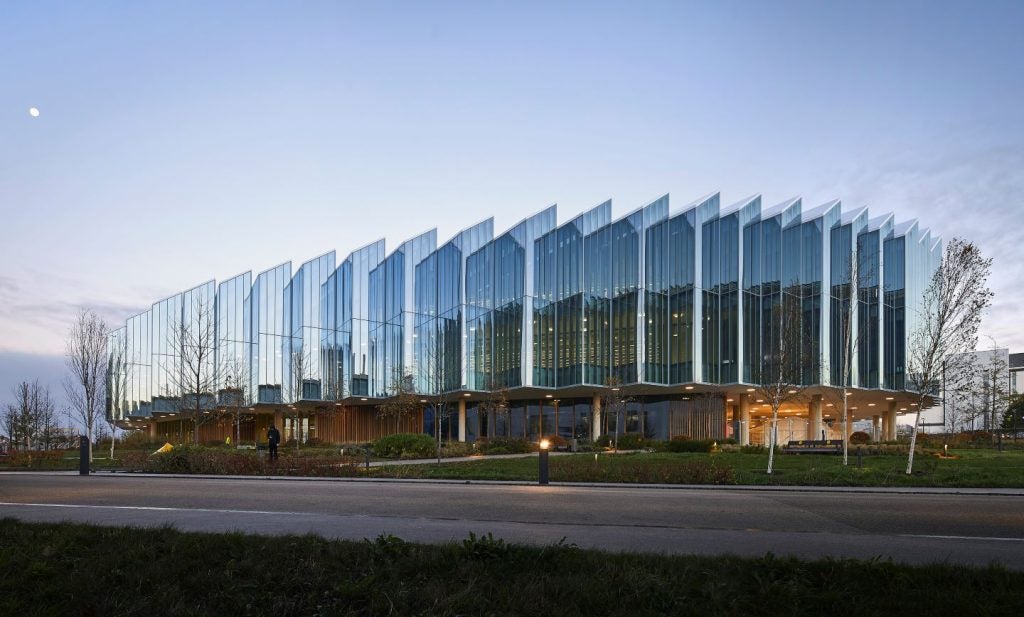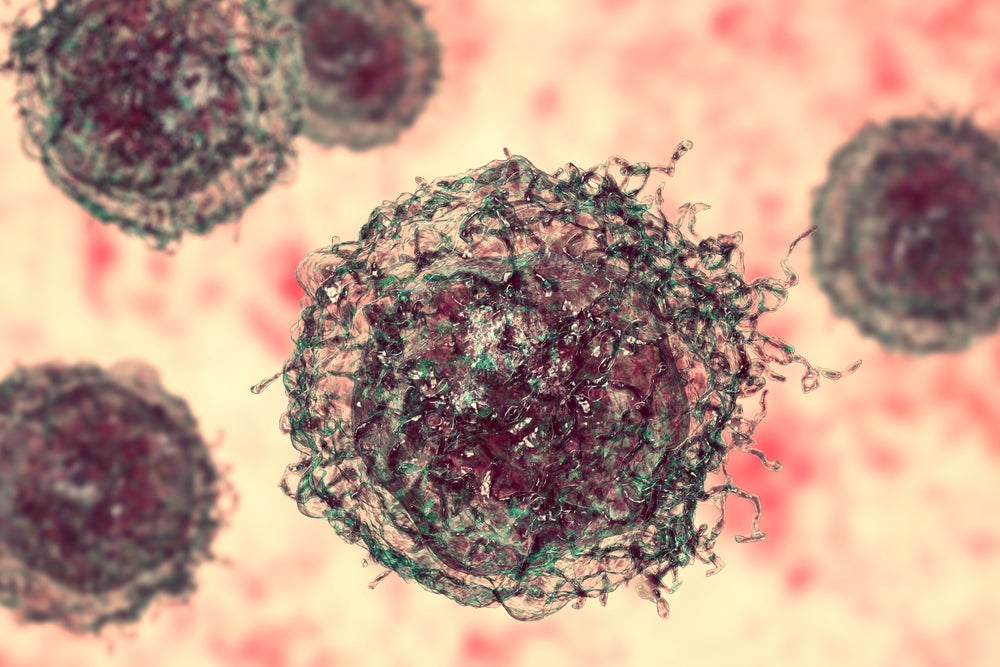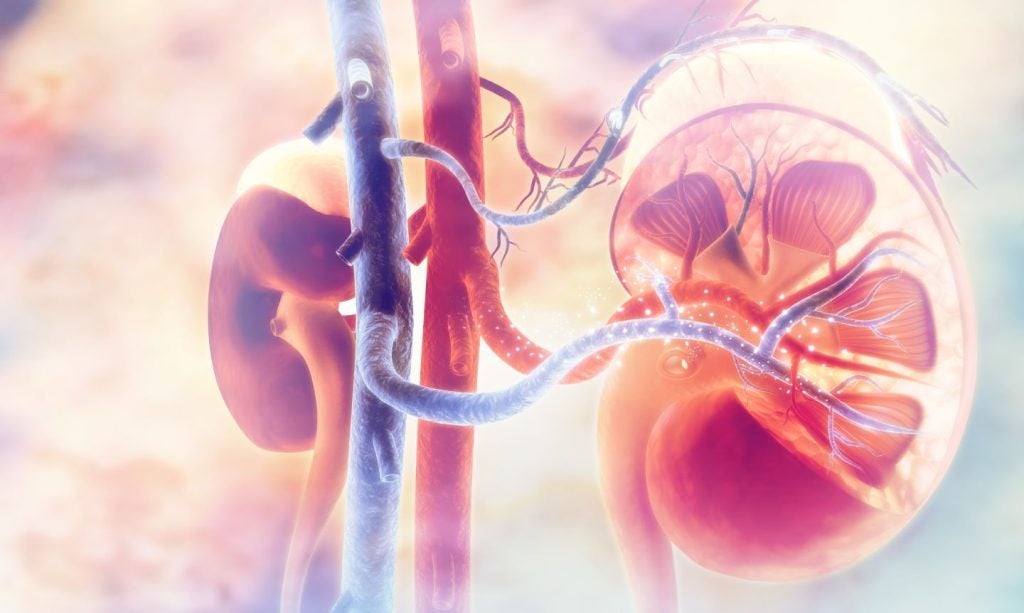Head and neck squamous cell carcinoma (HNSCC) is a disease area characterised by high levels of unmet need and ample opportunity for research and development (R&D) to improve the current treatment algorithm. Chemotherapy is currently the most commonly used treatment across all lines of therapy, followed by the use of cetuximab and immunotherapies such as Merck’s Keytruda (pembrolizumab) and Bristol Myers Squibb’s Opdivo (nivolumab) in rear settings.
The current median overall survival for patients with HNSCC is eight months in the recurrent or metastatic settings, highlighting the greatest unmet need for more efficacious treatments that can improve overall survival for HNSCC patients. Approaches that improve survival outcomes by adopting curative-intent treatment in an earlier setting, thus reducing the risk of recurrence and making use of targeted therapies in locally advanced settings, will likely result in prolonged overall survival.
Therapies targeting important signalling pathways in HNSCC, such as HRAS, PD-1/PD-L1, PI3K, VEGF and ICOS, are being tested to identify new druggable targets. These new targets are another key unmet need, as the currently available therapies lack targeted approaches. Of the late-stage pipeline agents currently in development, Kura Oncology’s tipifarnib holds the most promise for addressing new targets.
Treatment-related toxicity has remained a key issue in HNSCC due to the drug toxicity and safety profiles related to taxanes, alkylating agents and cetuximab. Ongoing research is exploring probable reductions of treatment dosing or de-intensified treatments, especially in patients with oropharyngeal carcinoma (OPSCC) expressing human papillomavirus (HPV) positivity, to maintain clinical outcomes while improving overall quality of life and having a better prognosis.
Based on interviews with key opinion leaders, secondary research and pipeline analyses, GlobalData has identified key areas of significant unmet need in the HNSCC space. The figure below highlights the relative importance of each of these unmet needs within the HNSCC market, current attainment levels and probable future attainment based on the pipeline. This indication, overall, has significant scope for pharmaceutical innovation to expand on the clinical benefits being provided by currently marketed agents and to harness new opportunities provided by pipeline agents.

How well do you really know your competitors?
Access the most comprehensive Company Profiles on the market, powered by GlobalData. Save hours of research. Gain competitive edge.

Thank you!
Your download email will arrive shortly
Not ready to buy yet? Download a free sample
We are confident about the unique quality of our Company Profiles. However, we want you to make the most beneficial decision for your business, so we offer a free sample that you can download by submitting the below form
By GlobalData








Related Company Profiles
Merck & Co Inc
Bristol-Myers Squibb Co
Kura Oncology Inc